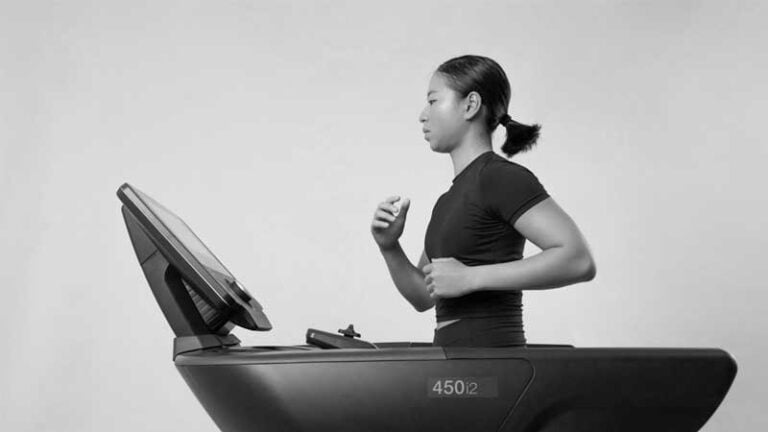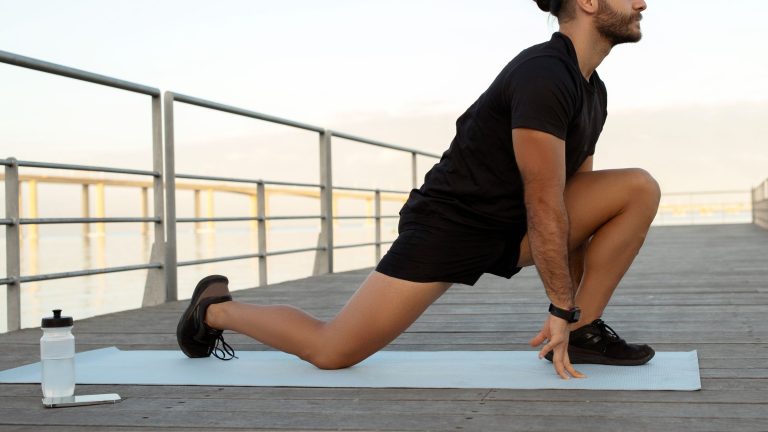Why You Should Be Activating Your Core Before Exercising
In order to lift heavy weight safely your core needs to be strong enough to withhold it. Not only does sufficient core strength decrease the risk of injury, it allows the individual to generate maximum force from their extremities. For example, If you lack the core strength to barbell back squat, you will crumble under the weight and lack the stability to drive effectively from your hips. This isn’t a safe or effective way to lift the weight. Ideally, your spine would be locked in a neutral position by the muscle surrounding your midsection.
What if I told you that it would be possible to increase your core stiffness prior to training?
A study performed by Lee and Mcgill found that trained and untrained individuals both had an increase in core stiffness after performing five sets of ten-second planks, side bridges, and bird dogs. The length of time that the core remains stiffened is unknown. All these exercises are isometric exercises which means that no movement is taking place at the trunk. The goal is to resist trunk movement rather than create trunk movement so that the spine can remain in neutral position while our extremities generate maximum force.
The four categories of isometric trunk movement are:
I. Anti-extension (ex. front plank, abd-wheel, push up, plank on exercise ball)
II. Anti-flexion (ex. TRX row, chinese plank)
III. Anti-lateral flexion (ex. side plank, Copenhagen plank, unilateral farmers walk,)
IV . Anti-rotation (ex. bird dog, ply off press, landmine twist)
Stuart McGill suggests that you use a descending Russian pyramid to target your core if you are experiencing low back pain. This same scheme can be applied for preparing your body for a 1 rep max, an effective training session, or competition. An example of a descending Russian pyramid rep scheme would be completing 12, 8, 6 reps of the bird dog for a total of 3 sets. By using a descending Russian pyramid you are increasing core stiffness to prepare for movement rather than fatiguing the muscle group. You wouldn’t want to take your core exercises to failure prior to a 1 rep max squat or deadlift. That would be stupid.
References
Lee B, McGill S. The effect of short-term isometric training on core/torso stiffness. J Sports Sci. 2017;35:1724-1733.
Written by Dr. Brandon Parnham, Chiropractor.







